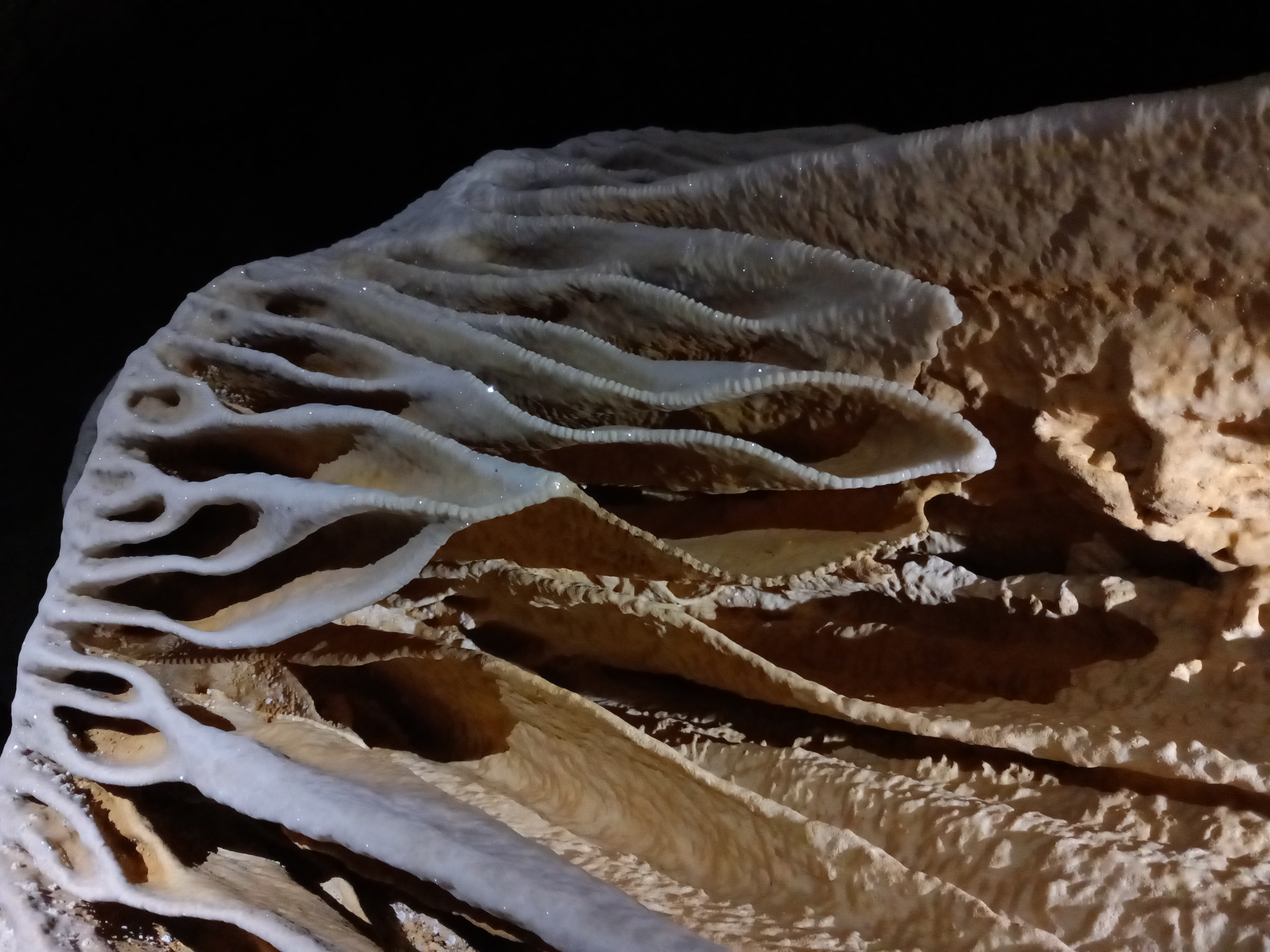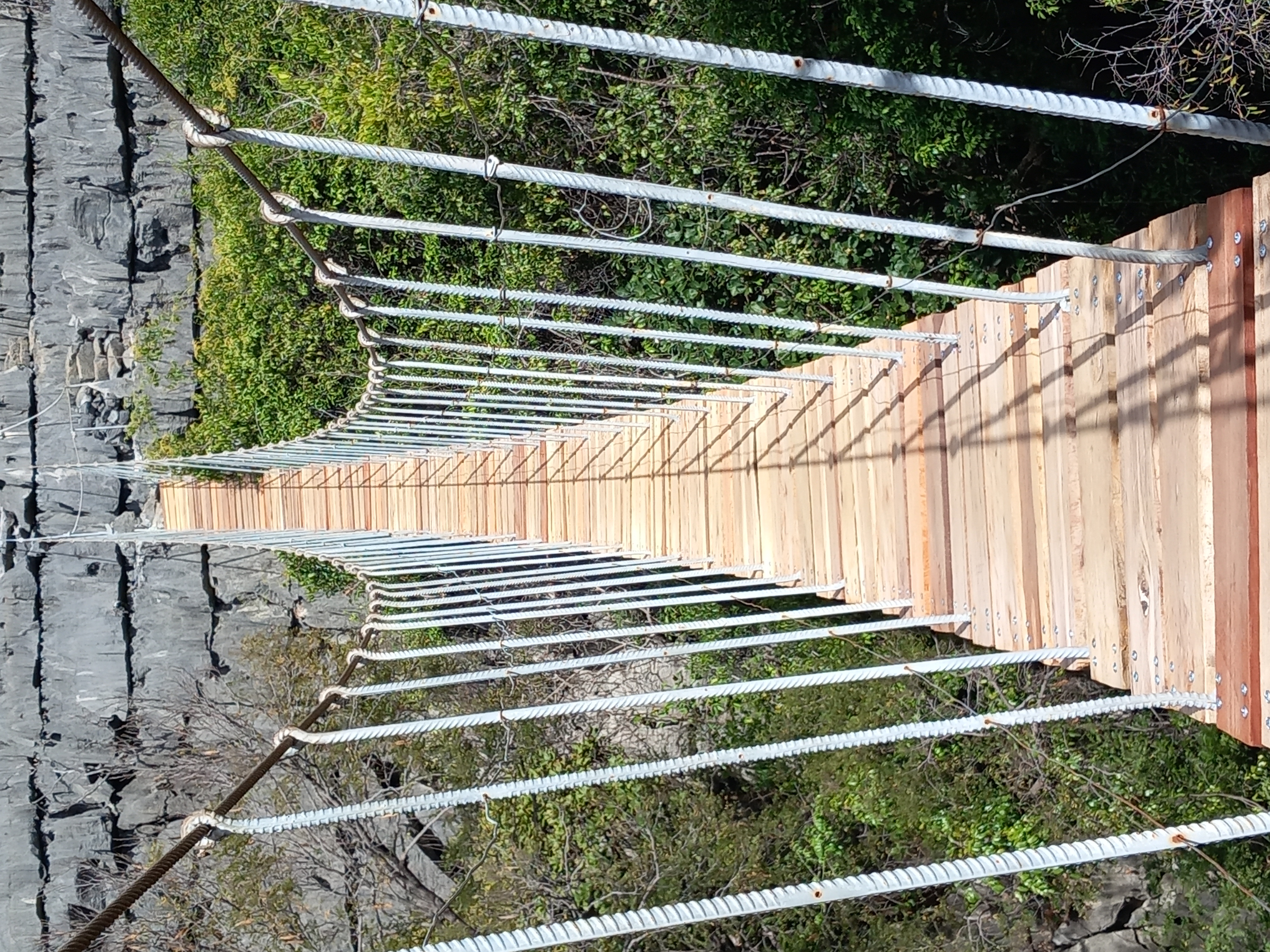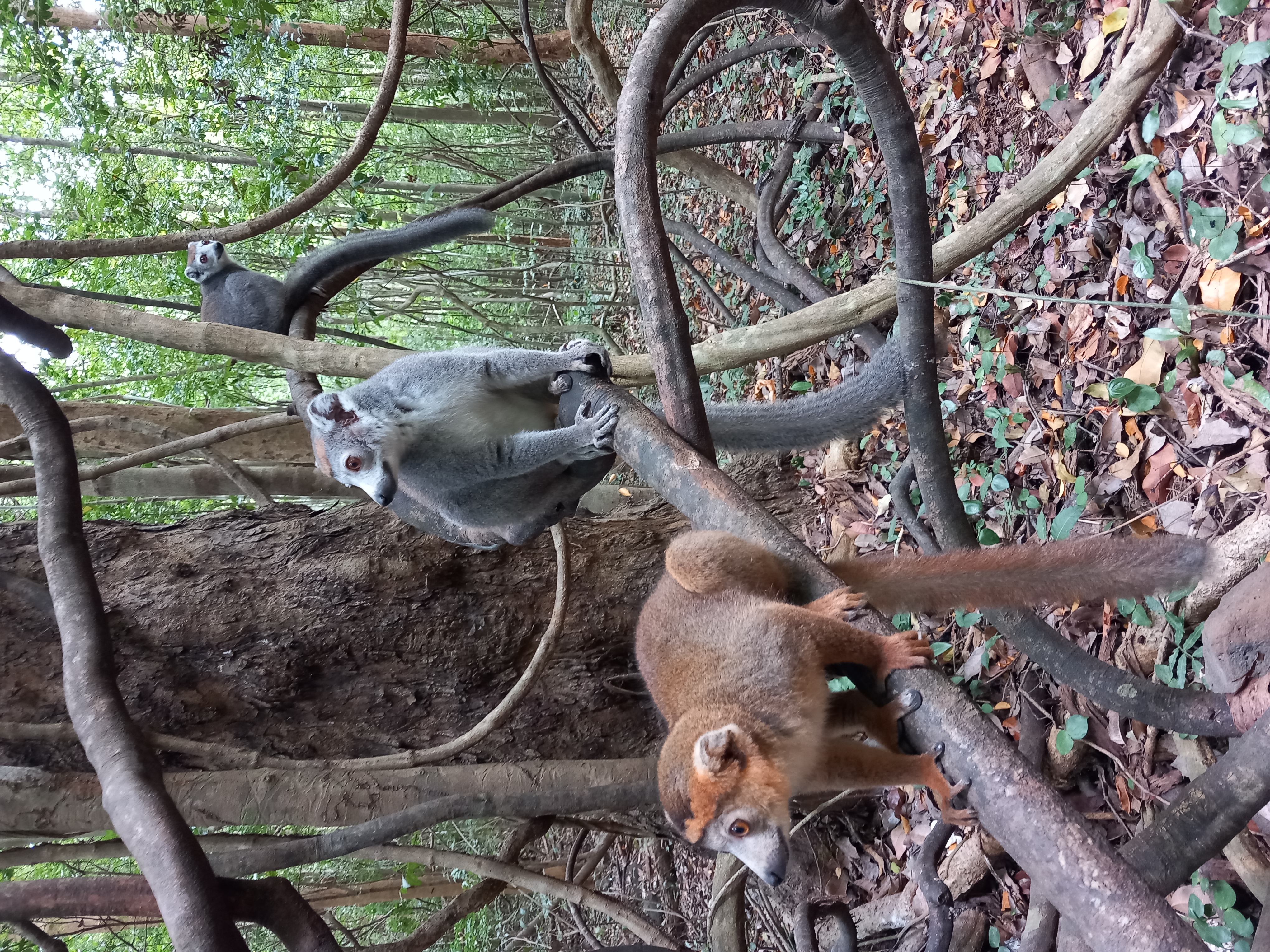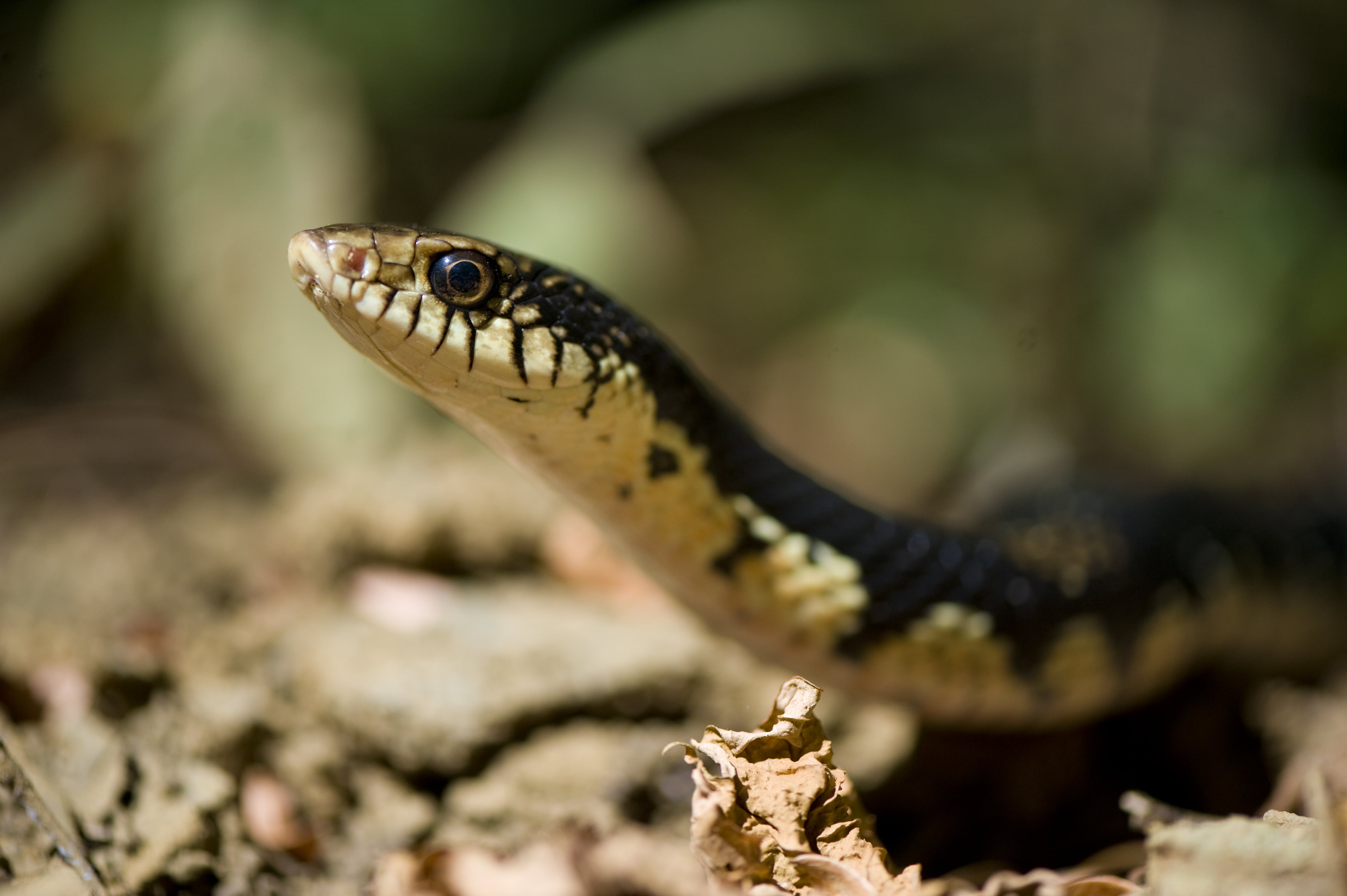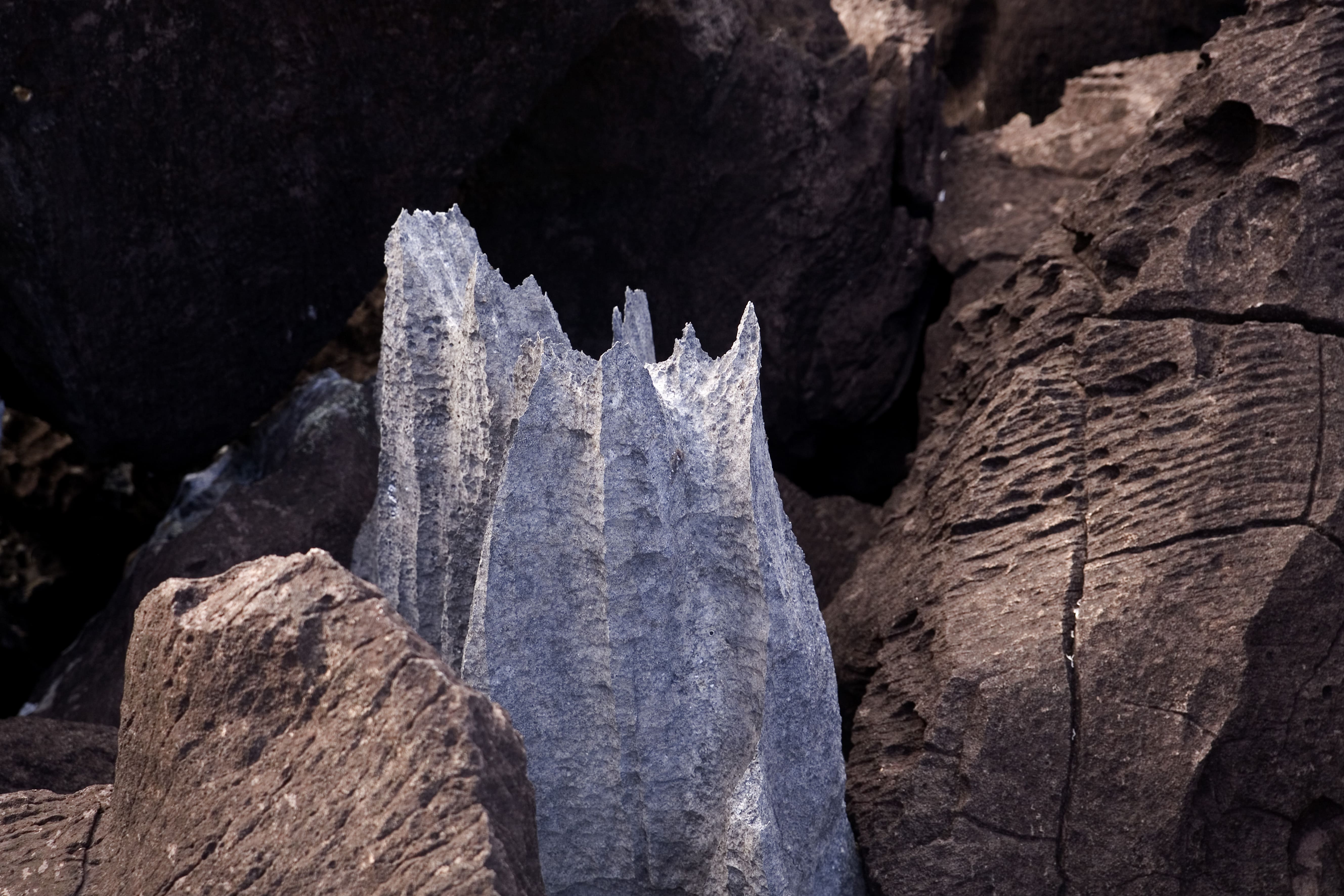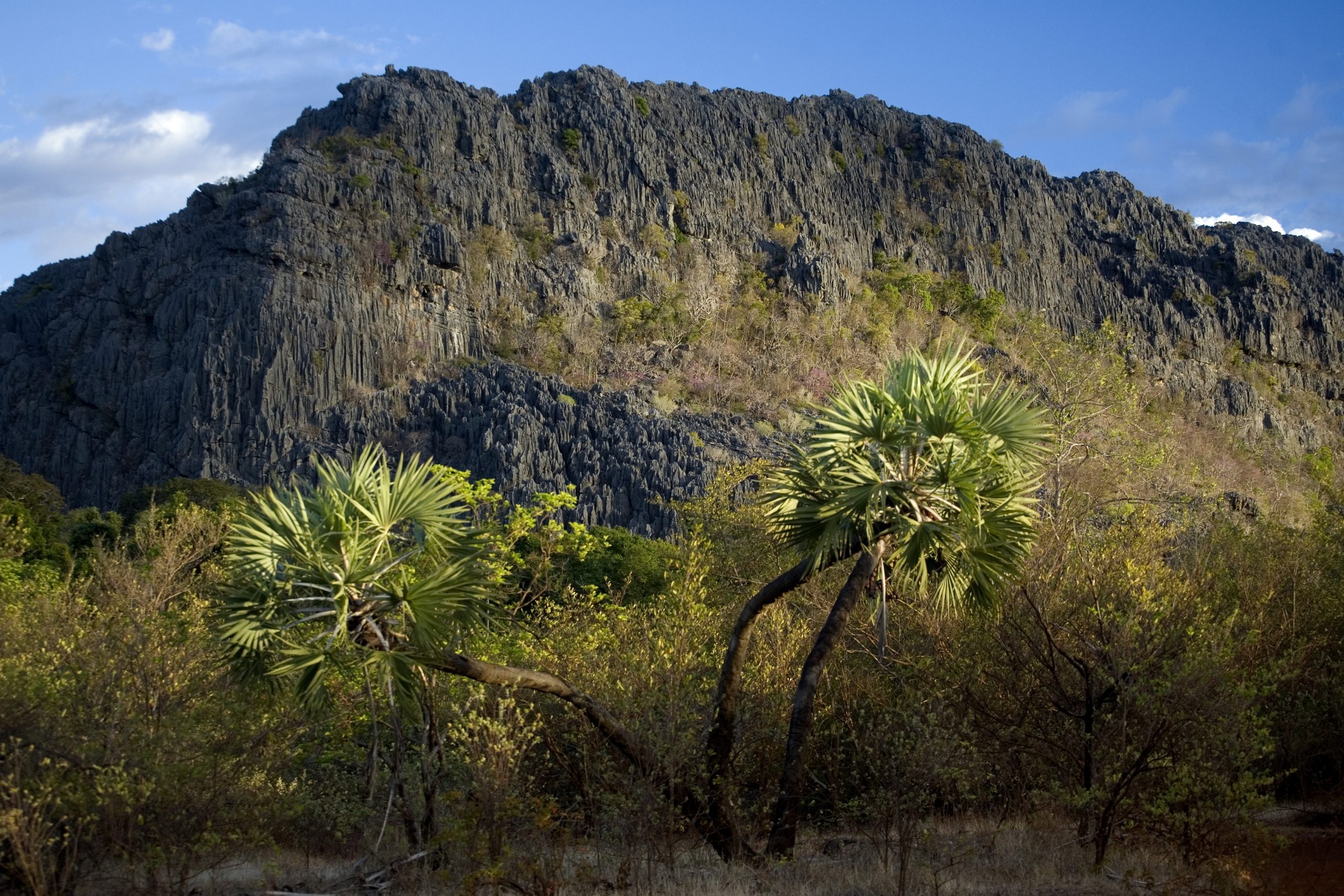
Ankarana
On the plan
VISIT US
Depending on your means of transport :
- Ground Transportation
🚗 Direct access via the RN6
Take the RN4 from Antananarivo to Ambondromamy, then the RN6 from Ambondromamy or Diego Suarez to reach the Reserve:🛣️Ambilobe to the reception office in Mahamasina: 30km (accessible by car)
🛣️ Antsiranana to the reception office in Mahamasina: 108km (accessible by car)
- Maritime transport
🛳️ No maritime access
- Air transport
✈️ No flight connection
🗓️ When to visit Ankarana ?
🚶♂️ The eastern ecotourism zone is accessible all year round! From the visitor center in Mahamasina
🌞 The western ecotourism zone is accessible from July to November: From the village of Andrafiabe
🌿 Activities available in Ankarana
🥾 Hiking
⛺ Camping
🦜 Bird watching
👣 Guided tours
📚 School trips
🚶♂️ Nature excursions
🥾Caving🏕️ Reception facilities
🏠 Reception office: Located at the entrance to the Reserve, this office welcomes visitors upon their arrival and provides them with information on how to organize their stay, find accommodation, eat, and prepare for their visits.
⛺ Camping site in Mahamasina “Campement des princes”: 15 tent shelters for researchers and visitors, with 5 picnic tables, 3 of which are covered, and a borehole for water supply. The camp is equipped with showers and toilets and areas for eating and cooking.
⛺ Camping site in Andrafiabe: 9 tent areas without shelters. For water supply, there is a natural well that feeds a 10,000-liter water tower. The camp is equipped with showers and toilets and areas for eating and cooking.
💰 Fees and rates
📄 Consult all rights and rates applicable to the reserve in the reference document below.
ℹ️ Essential information
To make the most of your visit, bring:
🥾 Appropriate clothing: hiking boots, light but covering clothing
🦟 Mosquito protection: repellent, cream, or mosquito spray
🔭 Binoculars: ideal for observing animals from a distance
💧 Useful accessories: water bottle, hat, sunglasses, headlamp for cave visitsVisitor formalities must always be completed at the reception office in Mahamasina before any visit.
📜 Rules of conduct
🚫 No touching animals or buying forest products
🎫 Always have a ticket with you on each visit
👨🏫 Guided tours with a certified guide are mandatory
The circuits
| Tours | Summary | Difficulty | Duration | Tour plans |
|---|---|---|---|---|
| Tsingy MEVA et Grotte des Chauves-souris | - Landscape of the Ankarana limestone massif, panoramic view, Tsingy vegetation - Cave with concretions, cave-dwelling animals | Moderately difficult | 02 to 03 hours | |
| Tsingy RARY, TOURELLES de Tsingy et Perte des Rivières | Tsingy landscape, hike inside the Tsingy, vegetation on Tsingy, gaping chasm with amphitheatric rock, birds, reptiles and lemurs | Easy | 03 hours | |
| Suspension bridges, Tsingy RARY and Perte des Rivières | Strong sensation, Tsingy landscape, vegetation on Tsingy, gaping chasm, birds, reptiles and lemurs | Moderately difficult | 04 to 05 hours | |
| Ambohimalaza and Ambahibe cave | Semi-evergreen vegetation, savannah, 360° panoramic view, cave with concretions and bats, mygales, lemurs | Moderately difficult | 04 hours | |
| BENAVONY loop, Tsingy RARY and Perte des rivières | Semi-sempervious vegetation, panoramic view of Grand Tsingy, caves and concretions, suspension bridges, abyss, birds | Difficult | 06 hours | |
| Suspended bridges, Tsingy RARY, Perte des Rivières and Bat Cave, Tsingy Meva | Semi-sempervious vegetation, panoramic view of Grand Tsingy, caves and concretions, lemurs | Difficult | 07 hours | |
| Grand Tsingy et Lac vert | Semi-evergreen vegetation, dense dry forest, panoramic view, birds, lemurs, reptiles | Difficult | 08 to 09 hours | |
| La Grotte de Milaintety et de Potamochères | - The cave and its concretions, a natural pool - The natural pool at the exit of the cave and its fern islands | Easy | 02 to 03 hours | |
| La Grotte d’Andrafiabe et la Cathédrale | - the Grotte d'Andrafiabe with its pretty concretion formations and the Grotte Cathédrale: vast rocky confines with part of the ceiling open onto a large hole - the canyon of the Buttes de Chaumont links the two caves | Medium | 03 hours | |
| Skeleton Cave and 2nd canyon | The cave and its concretions The canyon and its extraordinary vegetation | Medium | 02 hours | |
| La Rivière Verte et le 1er canyon | The canyon and its vegetation on tsingy - The green-coloured underground river makes a brief appearance as it flows through the canyon before disappearing again, a natural swimming pool. | Difficult | 03 hours | |
| Crocodile Grotto and Lake Ampandriamborona | - The cave and its concretions - The murky river and its Nile crocodiles - The perennial lake, stronghold of aquatic birds | Medium | 03 hours | |
| The Pigeon Cave and Mangily Lake | The cave and its concretions - The underground river -The perennial lake, home to aquatic birds | Difficult | 04 hours |

